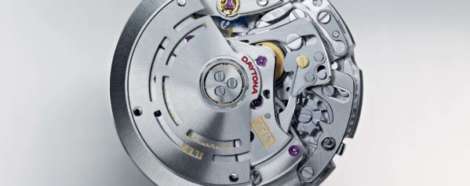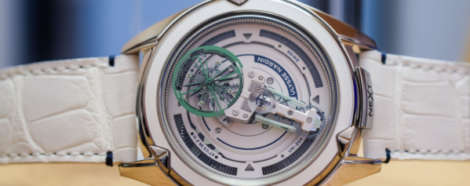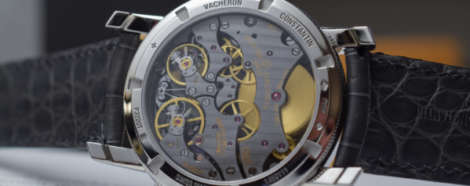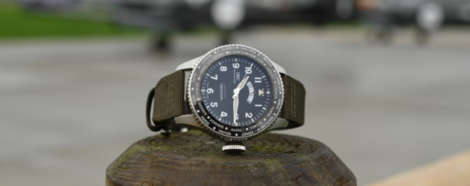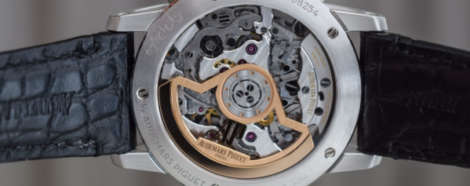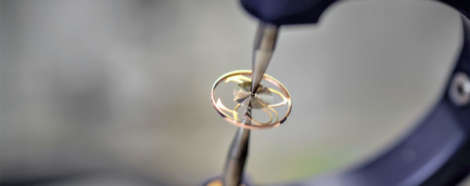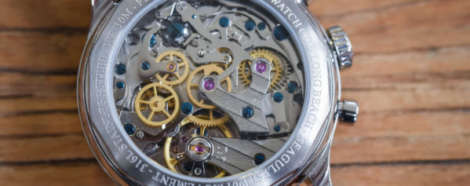A Technical Perspective – The Rolex Regulator, or How “The Crown” Makes its Watches “Superlative Chronometers”
Two facts tell a lot about how Rolex deals with quality and precision. First, Rolex tests the accuracy of its Superlative Chronometers with tolerances that are twice those for the COSC official certification (to which the Rolex movements are systematically submitted anyhow). Second, in 2015, the brand set a new industry benchmark by offering a […]
